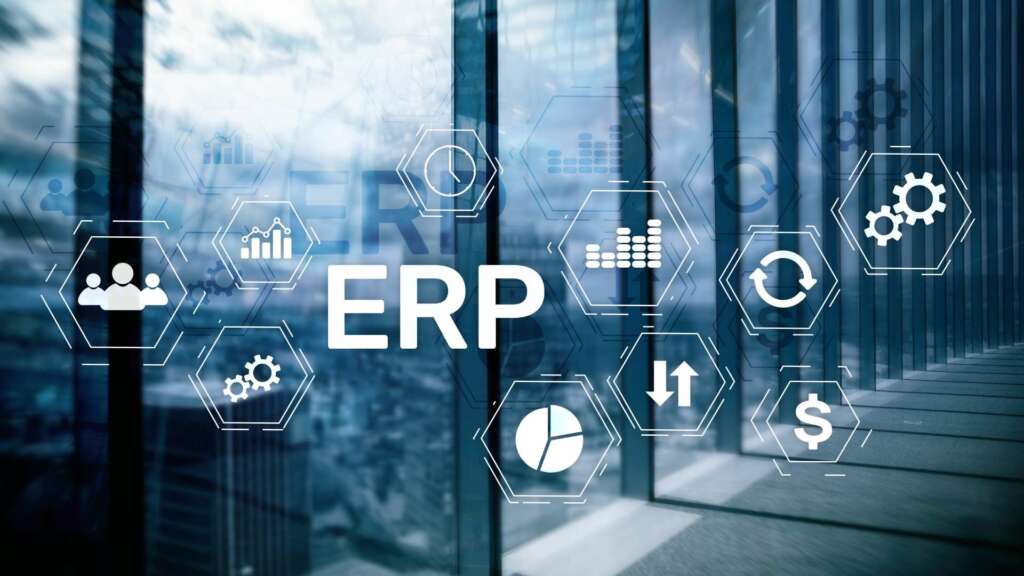
The term “My SQL Backup” is somewhat self-explanatory, but what is it? Well, it is a feature of the my SQL backup application. It is also commonly referred to as “My SQL server backup” or “My SQL server recovery”. This article will explain what this program is, why you need it and what it does for your company.
The main goal of a My SQL backup program is to provide a failover solution for MySQL servers when they failover due to network or hardware failure. The Management Center contains the Management Server, Microsoft SQL Server and the Deployment Agent all installed on multiple managed servers. When one fails over occurs, the other automatically becomes the failover server.
The deployment process is a critical component of this solution. The solution detects the failover condition and launches the rest of the application. Once it is launched, it starts monitoring events and sending alerts to your management console. These alerts can be configured per user and per database. For instance, if a user creates an alert about the date that SQL databases will failover, the Management Center will send this message to all users and servers. The nice part about the alerts being able to be configured per the users and/or the databases is that you can customize them to only notify of specific events.
Another benefit of this solution is that it improves the security and privacy of your data by implementing the Security Check tool in the Management Center. This tool verifies that there are no security threats to your data and by using the Event viewer, you can select the necessary events for your management center to investigate. You can also use the custom reports to create reports on the health of your enterprise, employee training program and social change initiatives.
The second component of this solution is a two-part training course consisting of an online 2-part training course consisting of an information security white paper and manuals for virtual agents. This training program helps you prepare for the annual audit and helps you comply with the new regulations for handling and managing social security numbers. In this online training program, you will be provided with information security best practices, access control procedures, risk management principles and guidelines, Vulnerability Assessment and Response, Information Assurance, Enterprise Risk Management, Enterprise Information Assurance, and Identification, Validation, Testing and Bug Hunting. To ensure the effectiveness of the training program, it should be regularly reviewed. By reviewing the training program on a regular basis, you will be able to identify gaps in your knowledge, make improvements in your knowledge and apply these improvements to your business. Reviewing the training program once a year will help ensure that the necessary changes are made to ensure that your security procedures conform to current industry standards.
The third component of this solution is one-on-one check-ins with staff members. With a well-trained staff member checking your security needs and providing guidance, it becomes much easier to manage the different aspects of your security. The consultant will also have a good understanding of your system architecture and be in a position to advise you on what type of security would suit your business best. A good consultant will not only be able to conduct one-on-one check-ins but also training sessions with the team members. This is crucial especially if they are assigned to train your company’s personnel in the application of security measures.
The fourth component of this solution is the implementation of a social change process. The SMEs that use this service are those dealing with environmental change, food safety, community development and violence prevention. Through the training program, managers gain a better understanding of how the various issues affect the productivity of their team. They also learn how to implement solutions to environmental and social change issues through the various disciplines such as risk management, monitoring, surveillance, policy development, and creative thinking. This allows them to create a social change plan that involves team building and monitoring. This way, managers and their staffs to learn how to deal with real problems that face their company.
Lastly, the fifth component is better supervision and feedback. Through this training program, managers gain a better understanding of their staff members. They also learn how to effectively supervise their staff members for improved performance and conduct themselves professionally. This means that they have better control over their emotions when dealing with customers. It also gives them an idea of how to give feedback to their own employees for better results.


